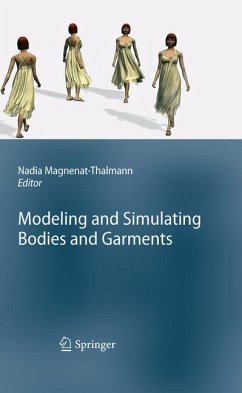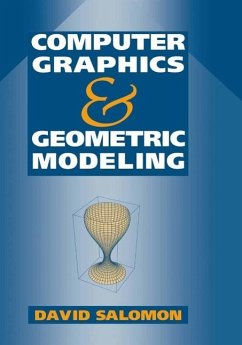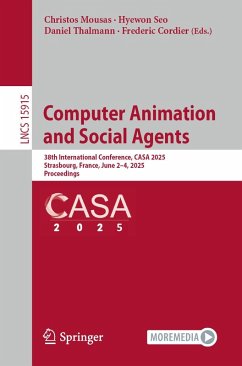
On Raising a Digital Human (eBook, PDF)
A Personal Evolution
Versandkostenfrei!
Sofort per Download lieferbar
32,95 €
inkl. MwSt.
Weitere Ausgaben:

PAYBACK Punkte
16 °P sammeln!
This book tells the story of building digital virtual human models in the context of the background, choices, and occurrences that shaped the author's own involvement and personal evolution. Such digital models found motivating applications in engineering, anthropology, medical, and group simulation problems, and numerous connections to other disciplines informed and enriched their design, development, and deployment. This personal perspective on developments in the field is enhanced by extensive citations that provide pointers into relevant literature, recognize the contributions of co-author...
This book tells the story of building digital virtual human models in the context of the background, choices, and occurrences that shaped the author's own involvement and personal evolution. Such digital models found motivating applications in engineering, anthropology, medical, and group simulation problems, and numerous connections to other disciplines informed and enriched their design, development, and deployment. This personal perspective on developments in the field is enhanced by extensive citations that provide pointers into relevant literature, recognize the contributions of co-authors and collaborators, and give external evidence for claims. Both academic and corporate interest in virtual beings has exploded in recent years, and while this book does not survey the current state of the art it is an essential window into how the field arrived where it is today. The technical discussions throughout the book are deliberately accessible with extensive references to the literature for further reading. This book will be of interest to readers who want to understand the history of virtual human beings, how they evolved, and especially how they must address numerous human characteristics to achieve any sense of "human-ness."
Dieser Download kann aus rechtlichen Gründen nur mit Rechnungsadresse in A, B, BG, CY, CZ, D, DK, EW, E, FIN, F, GR, HR, H, IRL, I, LT, L, LR, M, NL, PL, P, R, S, SLO, SK ausgeliefert werden.












